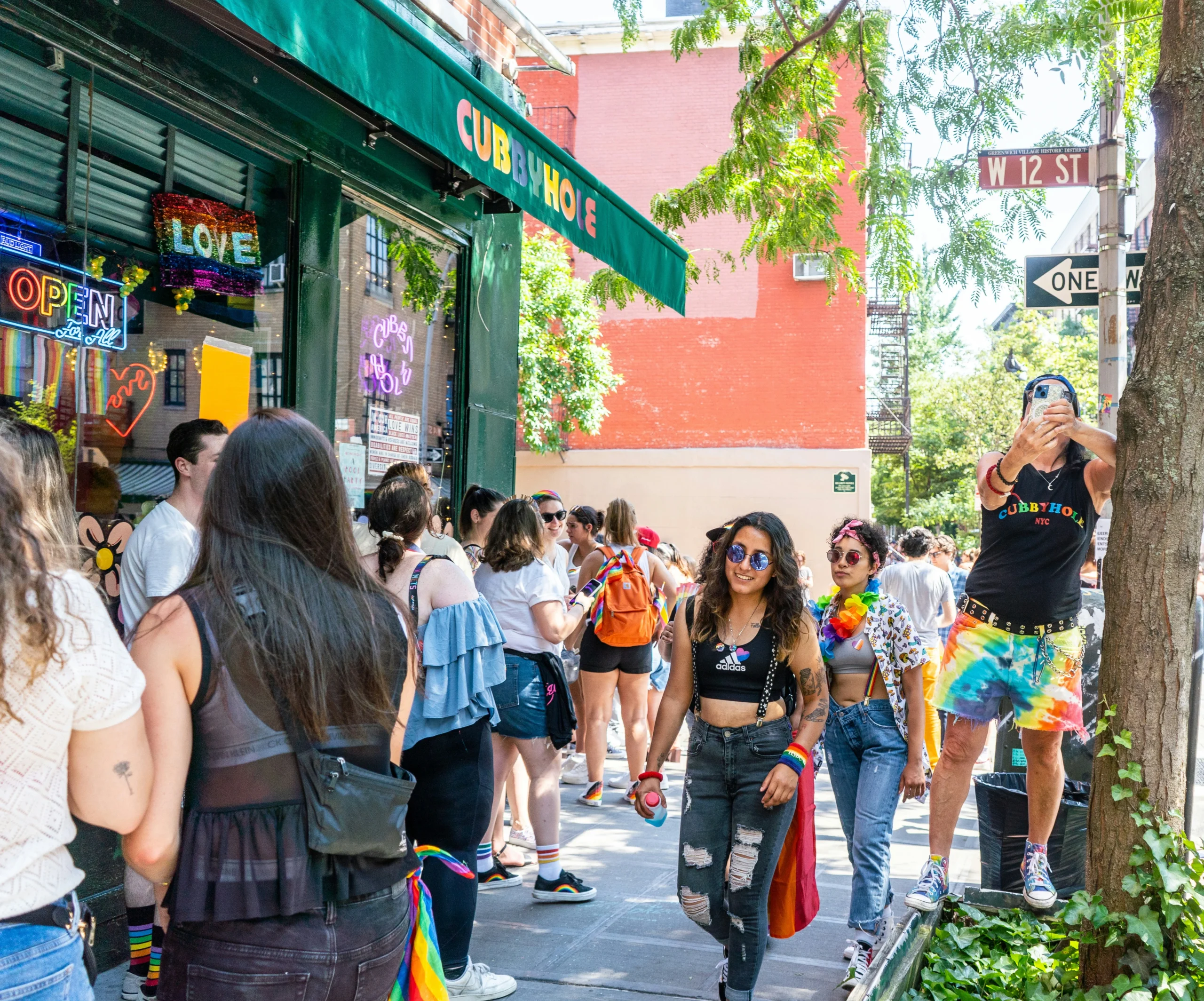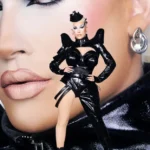queer Found Families
What is Queer Found Family?
Queer found families are social networks or support systems formed by LGBTQ+ individuals who may not have strong ties to their biological families or who have faced rejection or estrangement due to their sexual orientation or gender identity. While this queer found family definition might not be true for all cases, it’s concerning how 39% of queer adults have experienced rejection from their birth families.
On the flip side, queer adults often experience deeper, more authentic, and compassionate connections within their chosen families. These bonds have been instrumental in shaping the landscape for queer adults since the inception of the LGBTQ+ rights movement, particularly within the vibrant context of the queer ballroom scene. In the United States, the roots of the ballroom scene can be traced back to the 1920s Harlem Renaissance, a period of cultural and artistic flourishing within the African American community. It was during this time that ballroom culture began to take shape, with LGBTQ+ individuals finding acceptance and community within the vibrant nightlife of Harlem’s underground ballrooms. Over the decades, the ballroom scene continued to evolve, with houses forming queer community bonds of chosen family, particularly in major urban centers like New York City, Chicago, and Los Angeles. Each house was led by a “mother” or “father” figure, often an experienced and respected member of the community who acted as a mentor, protector, and provider for their house children. These mothers played a pivotal role in nurturing and empowering their house members, offering a sense of parental love and guidance that may have been absent or lacking in their biological families. These gave birth to the first LGBTQ+ found families, where they provided financial support and mentorship systems for queer people, led by a House Mother. The ballroom scene also provided its members with a platform through which they could express themselves, through many art forms: drag performances, and fashion.
It took some decades for the ballroom scene popularized in New York to expand to the rest of the world, reaching Paris in the 1980s, and London in 1990. Not only did this inspire LGBTQ+ support networks back then, but it also sowed the seeds of chosen families in the setting. While the LGBTQ+ chosen family meaning doesn’t always overlap with ballroom houses, they do share a common origin.

How Do Queer Family Dynamics Work?
From fierce ballroom houses to cozy unapologetically rebellious chosen clans, the spectrum of queer family dynamics is as varied as the people in them.
Not all found families live together, but it’s common for them to at least reside in physical proximity to one another.
Those who live together usually pay rent together and support each other through any intense life events. They might go out together, eat together, sometimes even work together, or start relationships together. When
Online found families are also common for people who live in smaller towns or without many transportation options, but these tend to involve meeting in person as a long-term goal.
Found family vs biological family
While it may be the case for some, being part of a found family doesn’t imply that somebody might be on bad terms with their biological family. Many people, LGBTQ+ or not, end up choosing families for by reasons different than rejection from their biological families. Many LGBTQ+ people appreciate the companionship of their contemporaries when they move to a new city and don’t know anyone, or when their biological family has already passed on. These are important LGBTQ+ support networks who become as integral to their lives as any blood relation,
Importance of Found Family LGBTQ+
Found families are reliable support networks and physical refuges when reliable when conflicts arise with a queer person’s birthplace. It’s a common tale for LGBTQ+ people to move away from home to a big city, find friends, and form a network, building a found family LGBTQ+ in the process. The HBO Max+ Ryan Murphy series Pose describes this phenomenon best.
But found families are now much easier to start or join than they were in the ‘80s. Queer people now have social media, message boards, and ads, or are much more accepted in professional environments to start a found family with their coworkers.
Not only do LGBTQ+ people receive important support from their found family, but many of them serve as a home when conflicts arise with a queer person’s birthplace.
Without them as a support network to love them and rely on them, their relationship with their birth family could become harder to endure.
Writer: Sebastian Calderon



